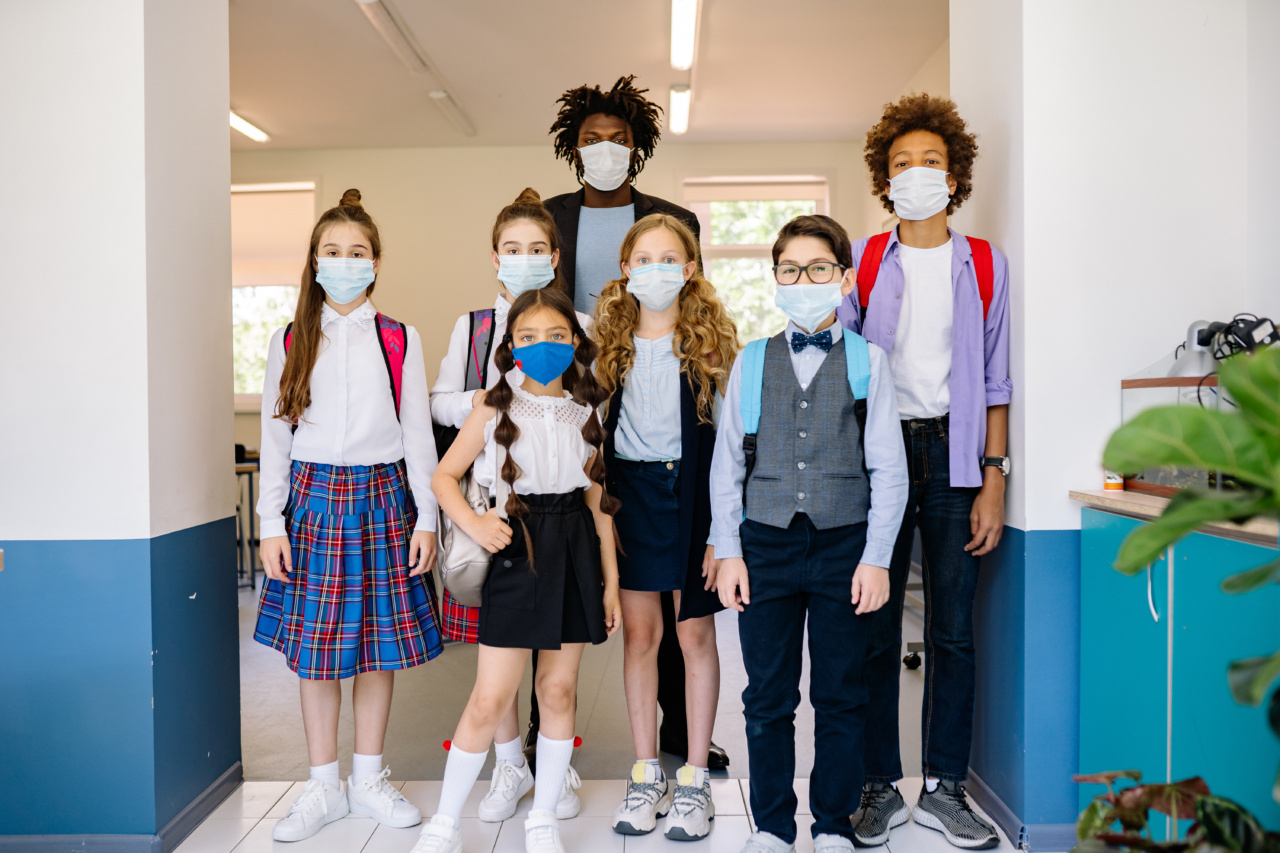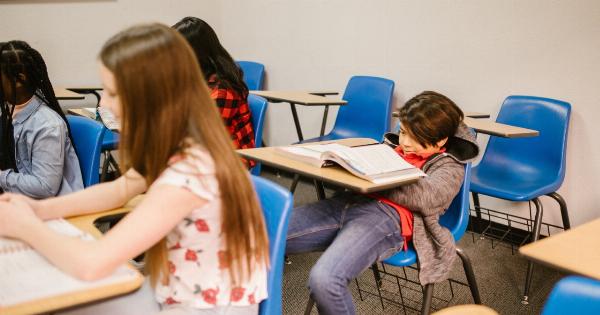The COVID-19 pandemic has had a profound impact on people of all ages, but children and adults have been particularly affected.
From the disruption of education to the mental health challenges, this article provides a comprehensive look at how the pandemic has impacted both children and adults.
The Disruption of Education
One of the most significant impacts of the pandemic on children and adults has been the disruption of education. With schools being forced to close and transition to online learning, students and teachers have had to adapt to a new way of learning.
This shift has not been without its challenges, as not all children and adults have access to the necessary technology or internet connectivity for remote learning.
Mental Health Challenges
The pandemic has also taken a toll on the mental health of both children and adults.
The uncertainty and fear surrounding the virus, along with the social isolation and limited physical interactions, have contributed to increased rates of anxiety, depression, and stress. Children have been particularly vulnerable, as they may struggle to comprehend and cope with the changes happening around them.
Economic Impacts
Job losses and economic instability resulting from the pandemic have affected both children and adults. Many individuals have lost their jobs, leading to financial strain and an increased risk of poverty.
This has put additional pressure on parents, impacting their ability to provide for their children’s basic needs such as food, healthcare, and education. The long-term economic consequences of the pandemic may further exacerbate disparities and affect the future opportunities of both children and adults.
Healthcare System Strain
The pandemic has put immense strain on healthcare systems around the world, impacting the availability and accessibility of healthcare services for both children and adults.
Routine check-ups, vaccinations, and necessary medical treatments have been delayed or canceled, putting individuals at risk of preventable diseases and conditions. Additionally, access to mental health resources and support has become limited, further impacting the well-being of both children and adults.
Social and Developmental Impacts on Children
Children are inherently social beings, and the pandemic has severely limited their opportunities for social interactions.
The closure of schools, cancellation of extracurricular activities, and restrictions on playdates have disrupted their social development. This lack of socialization may have long-term impacts on their ability to form relationships and develop essential social skills.
Furthermore, the pandemic has also interrupted important developmental milestones, such as early childhood education and critical periods of brain development.
Parental Challenges
Parents have faced numerous challenges during the pandemic, trying to balance work, childcare, and education responsibilities.
Many parents have had to work from home while simultaneously helping their children with remote learning, leading to increased stress and burnout. Parental mental health has also suffered as they navigate the uncertainties and pressures of the pandemic, further impacting the well-being of both parents and children.
Impact on Essential Workers
Essential workers, including healthcare professionals, grocery store employees, and delivery personnel, have played a crucial role during the pandemic. However, this role has come at a cost.
Essential workers have faced increased risks of exposure to the virus, leading to concerns about their own health and the potential transmission to their families. Balancing work responsibilities with taking care of their children has been particularly challenging, as many essential workers have had limited childcare options during this time.
Education Inequality
The pandemic has highlighted and exacerbated existing educational inequalities.
Children from lower socio-economic backgrounds, those with disabilities, or those without access to adequate technology or internet connectivity have faced significant barriers to remote learning. This has further widened the achievement gap, leaving many children behind and impacting their future educational and career opportunities.
Substance Abuse and Addiction
The stress, isolation, and uncertainty caused by the pandemic have led to an increase in substance abuse and addiction among both children and adults.
Individuals may turn to alcohol, drugs, or other harmful behaviors as a coping mechanism, further straining their physical and mental health. The long-term consequences of these substance abuse issues may continue even after the pandemic recedes, requiring additional support and resources for recovery.
The Role of Resilience and Support
In the face of these challenges, resilience and support systems are crucial for both children and adults. The ability to adapt, seek support, and access resources has a significant impact on how individuals navigate the pandemic’s effects.
Investing in mental health services, accessible education, and community support can help mitigate the long-term impacts of the pandemic on children and adults.































